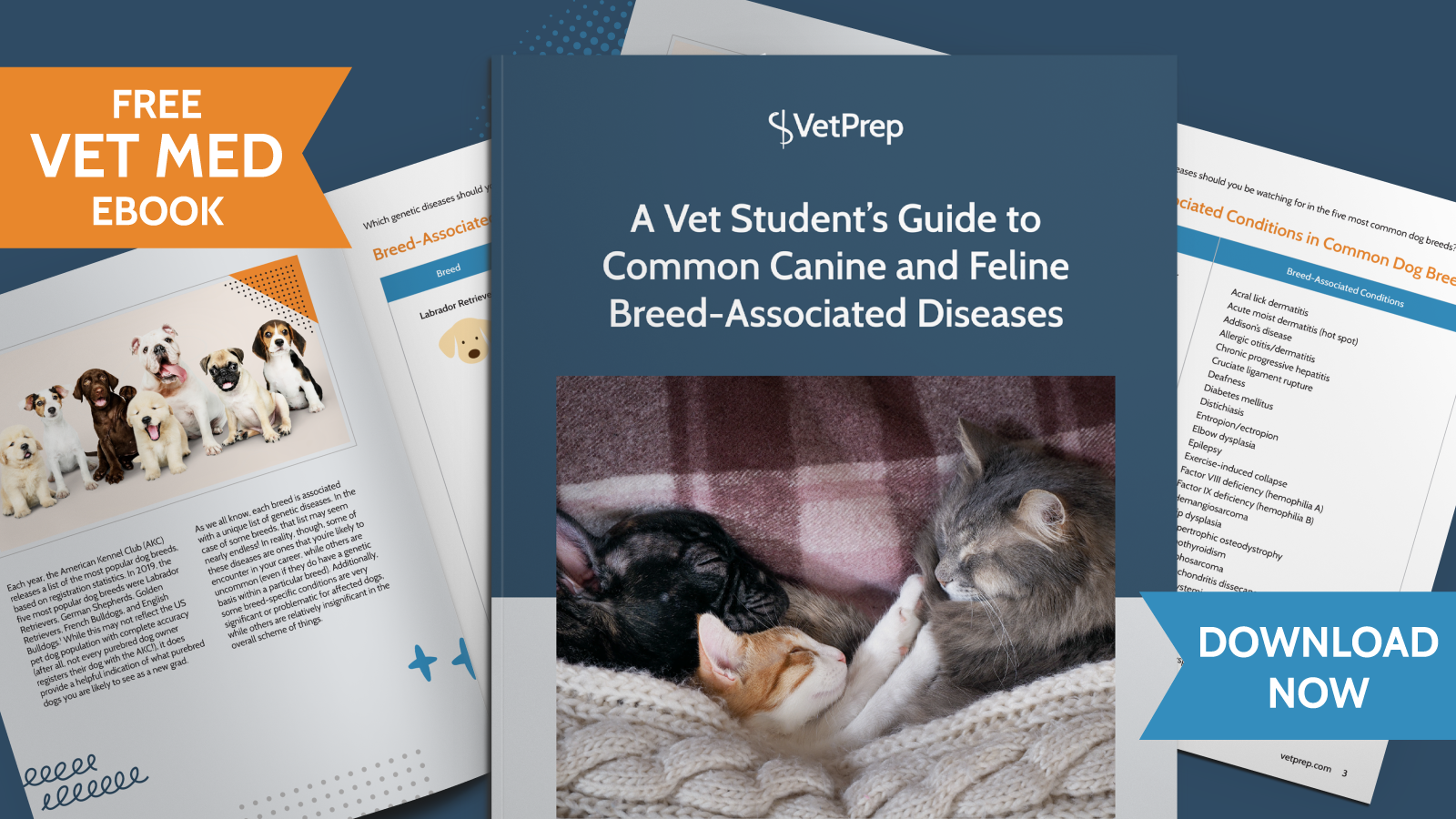Infographic: Canine White Blood Cell Review

Neutrophils (segmented)
Granulocyte, Most Common, First Responders, Increase with inflammation, epinephrine and corticosteriods (excitement/stress), Decrease with inflammation (move into tissues), endotxemia, bone marrow disease, immune-mediated disease.
Neutrophils (band)
Granulocyte, Young Neutrophils, Increase (i.e. Left Shift) associated with inflammation, acute infection. Increase exceeding Normal/Segmented Neutrophils (i.e. Degenerative Left Shift) associate with severe inflammation. Decrease not significant.
Neutrophils (toxic)
Granulocyte, Old Neutrophils, Presence associated with severe inflammation, Decrease not significant.
Lymphocytes
Agranulocyte, Second most common, Humoral and Cellular Immune Response, Increased due epinephrine, youth, neoplasia, and leukemia. Decreases due to stress, acute infection, loss through effusions or lymph, and immunodeficiency.
Monocytes
Agranulocyte, Increase as response to Stress and Inflammation; less commonly paraneoplastic response and leukemia. Decrease not significant. Scavengers: become Macrophages to remove cell debris, and foreign material.
Eosinophils
Granulocyte, Increase associated with parasitic infections, allergic reactions, paraneoplastic response, Addison’s, leukemia. Decrease may be associated with corticosteroids/stress, or insignificant.
Basophils
Granulocyte, Increases are rare, may be associated with parasitic infections and allergic reactions (follow increases with Eosinophils, but in fewer numbers), or rarely leukemia. Decreases are not significant.





